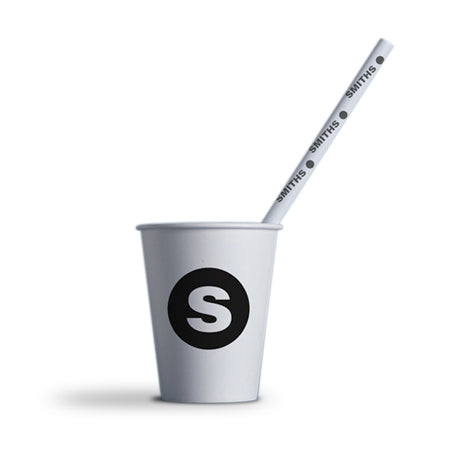The Art and Importance of Wrapping Paper
Wrapping paper is often a seemingly simple item, yet it plays a pivotal role in the art of gift-giving. From birthdays to holidays, wrapping paper adds an extra layer of excitement and anticipation to the experience of receiving a gift. It transforms an ordinary object into a special surprise, creating an emotional connection between the giver and the recipient. But what makes wrapping paper so significant, and how has it evolved over time?
Historically, the use of paper for wrapping gifts dates back centuries. Ancient civilizations employed natural materials such as leaves, cloth, and animal skins to enclose their offerings. It wasn't until the late 19th century that decorative paper specifically designed for wrapping emerged. This change coincided with the commercialization of the holiday season, where gift-giving became more prevalent and culturally significant. Companies began experimenting with colorful, patterned papers, which laid the foundation for the modern wrapping paper we know today.
The aesthetics of wrapping paper cannot be overstated. The colors, patterns, and textures can convey messages of elegance, joy, warmth, or celebration. Different occasions often call for different styles of wrapping paper. For instance, bright and cheerful designs are popular for birthday parties, while more subdued and sophisticated patterns may be chosen for weddings or corporate gifts. The selection of wrapping paper allows the giver to express their personality and creativity, making the gift feel more personalized and thoughtful.
wrapping paper

Moreover, wrapping paper serves practical purposes. It provides protection to the gift during transport, safeguarding it from damage. Wrapping also conceals the contents, adding an element of surprise that enhances the joy of unwrapping. The crinkle of the paper and the excited anticipation that builds as the recipient peels back the layers of wrapping help to create memorable moments that can last a lifetime.
In recent years, as awareness of environmental issues has grown, the wrapping paper industry has seen significant changes. Traditional wrapping paper, often made from non-recyclable materials, contributes to waste. In response, many consumers are turning to eco-friendly alternatives, such as recycled paper, fabric wraps, or even newspaper. This shift not only reduces environmental impact but also introduces a new trend in creativity and resourcefulness. Upcycling old materials into beautiful wrapping solutions has become a popular practice, allowing individuals to express their creativity while being environmentally conscious.
The global pandemic in 2020 also reshaped how we view gift-giving and wrapping paper. With social distancing measures in place, people began to reflect more on the significance of personal connections. Handwritten notes, personalized touches, and creative wrapping became vital in conveying affection and thoughtfulness in a time when physical presence was limited. As a result, the act of wrapping a gift grew in importance, shining a light on the emotional value of gestures, no matter how small.
In conclusion, wrapping paper is more than just a decorative covering for gifts; it is an art form and an essential part of the gift-giving ritual. From its historical origins to its modern-day significance, the evolution of wrapping paper reflects broader societal trends and values. As we continue to celebrate special occasions, let us embrace the creativity, thoughtfulness, and sustainability that wrapping paper can bring to our gift-giving customs. Ultimately, it is this combination of aesthetics and emotion that elevates the experience, making the act of giving a gift truly unforgettable.



